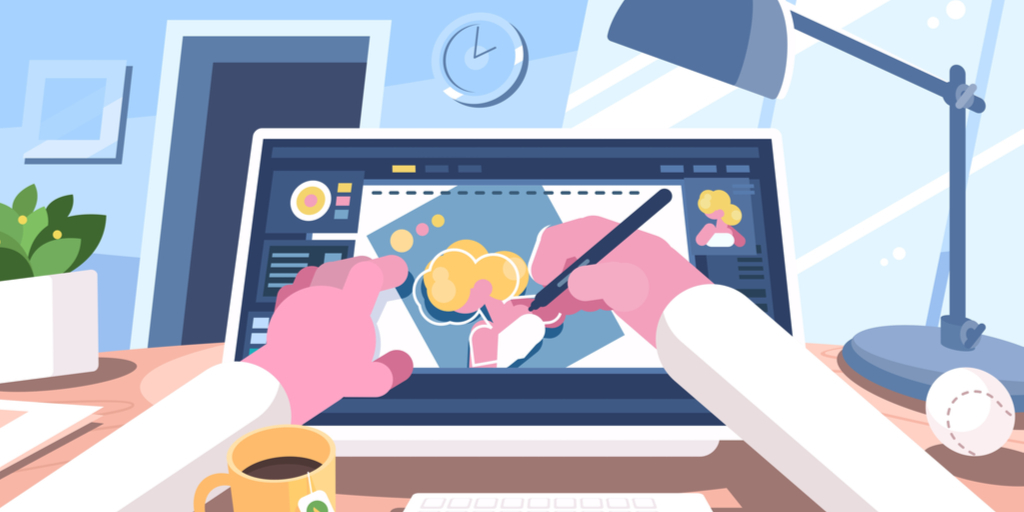
Graphic design is the art of creating visual content to communicate information or ideas to a particular audience. It involves using typography, images, colours, and other design elements to convey a message or create a visual identity for a brand, product, or service.
Graphic designers may work on a wide range of projects, including advertising campaigns, website design, book covers, packaging, logos, and more. They use their creativity and technical skills to develop concepts, create designs, and produce final products that meet the needs and objectives of their clients or employers.
The field of graphic design has evolved significantly over the years, with advances in technology and changes in design trends influencing the way designers work. Today, many graphic designers use digital tools and software to create their designs, which can range from simple illustrations to complex animations and interactive media.
There are a variety of placement opportunities available for a graphic design graduate, depending on their skills, experience, and interests. Here are some possible options:
Graphic Designer: The most obvious career path for a graphic design graduate is to become a graphic designer. Graphic designers create visual concepts and use computer software to communicate ideas that inspire, inform, or captivate consumers.
Web Designer: With the increasing importance of the internet, web design has become a crucial component of graphic design. A web designer is responsible for creating attractive, user-friendly websites that are easy to navigate.
Art Director: Art directors are responsible for the visual style and images in magazines, newspapers, product packaging, and movie and television productions. They work closely with writers, graphic designers, and other artists to ensure that the visual elements of a project are cohesive and effective.
Illustrator: Illustrators create visual images that communicate ideas and stories. They work in a variety of media, including digital and traditional, and can specialise in areas such as editorial illustration, children's book illustration, or medical illustration.
Brand Identity Designer: Brand identity designers are responsible for creating and maintaining the visual identity of a brand. They work with clients to create logos, colour schemes, typography, and other design elements that represent the brand's values and goals.
Advertising Designer: Advertising designers create visual content for print and digital advertising campaigns. They work closely with copywriters and account executives to ensure that the visual elements of an ad are effective in conveying the intended message.
User Experience (UX) Designer: UX designers are responsible for creating user-centred designs for websites, apps, and other digital products. They conduct user research, create wireframes and prototypes, and work closely with developers to ensure that the final product is easy to use and meets the needs of the target audience.
Motion Graphics Designer: Motion graphics designers create animated graphics and visual effects for film, television, and other digital media. They work with 2D and 3D animation software to create visually compelling animations that can be used for a variety of purposes, from commercials to film titles.
These are just a few examples of the many placement opportunities available for a graphic design graduate. With a wide range of skills and interests, there are countless career paths that a graphic design graduate can pursue.